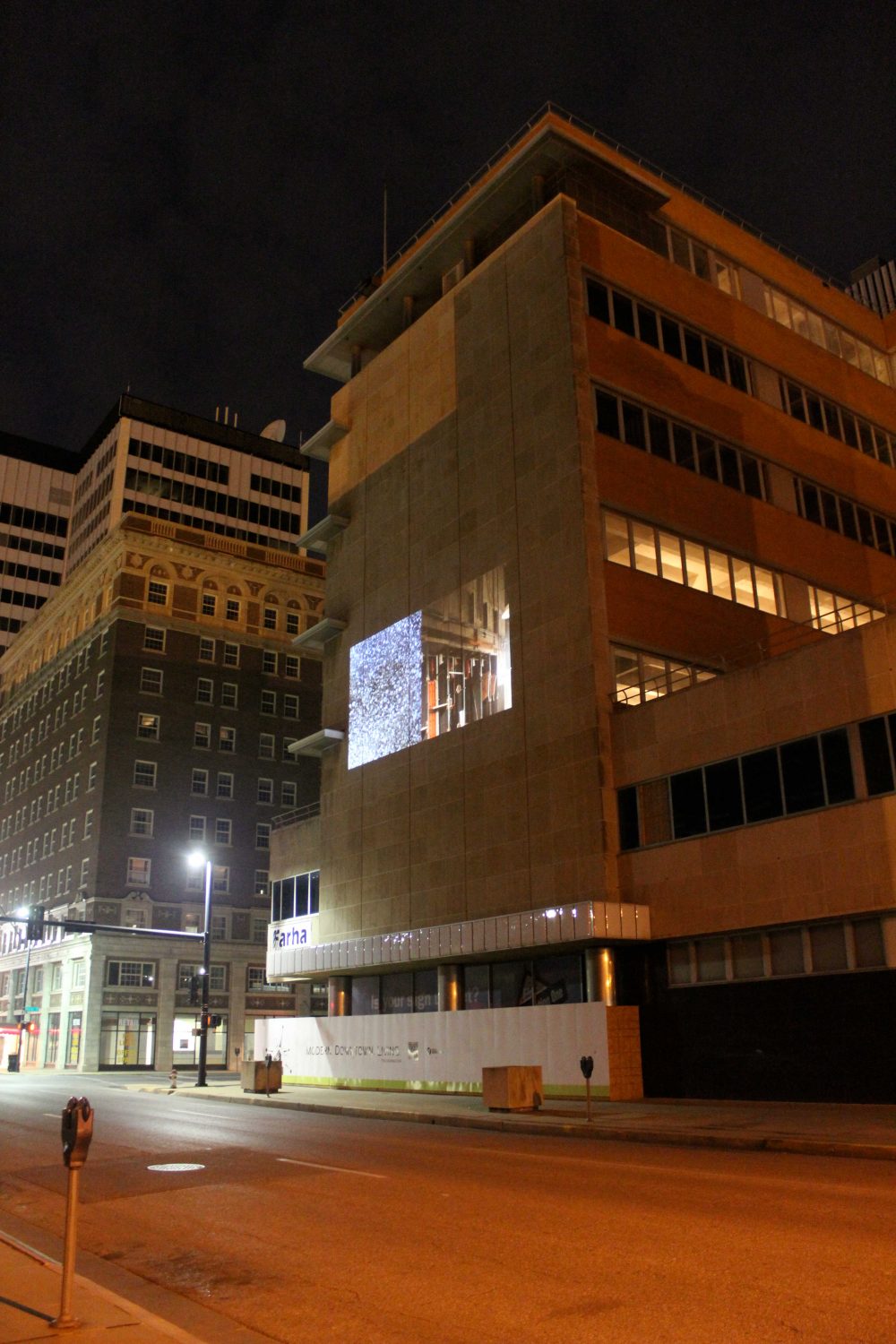Germination, Grafting, and Symbiosis / 2011-2012
I concentrated on the range of predictability in the gradient between undisturbed earth and new construction, and arrived at three concepts that described the three conditions I isolated: Germination, Grafting and Symbiosis. 'Germination' represents the abiogenetic generative potential between unpredictable undisturbed earth and a predictable new building; 'Grafting', the mutually beneficial exchange between a partially predictable condition (via visual inspection above ground) and predictable new structure above ground; and 'Symbiosis' becomes an ectoparasitic relationship between predictable existing structure and predictable new structure that is dependent on the host, but not harmful to it. I've become increasingly more focused on the space between these degrees of predictability, and how they may be manifest.
At this stage in the project, my solution for the Germination problem is a biomimic foundation system I've designed that evolved from a study of tree roots. I am proposing that the undisturbed soil not be removed to make way for a building, but instead a splayed pile-like system be inserted manually into the ground (Fig. 1). This is intended to be a sustainable product, constructed from locally sourced and recycled materials, executed by one or two people, and removed as easily as it was installed. The Grafting solution uses this tree root technology as well, but reconfigured in the form of anchor bolts (Fig. 2). For this element of the series, I have conceived of a somewhat inverted building procedure, in that the bolts respond to the state of this unique 'predictably relationship' by fastening a new sill plate to an existing foundation, and are then adjusted individually to keep the plate level as the new building settles. The floor plan of the new structure will be dictated by the linear path offered by the most 'predictable' exposed areas of the foundation. I see the Symbiosis construction as a device that can support a balcony of sorts, to offer apartment dwellers the possibility of an exterior, or even green, space (and alternate escape route) if they have a window large enough to move through (Fig. 3). The balcony's frame was informed by the portaledges used by climbers to camp on a cliff-face—this parasitic new structure must obviously be as light, and as nondestructive to the host structure, as possible. The forces are distributed as shown, and there is no need to make any non-reversible penetrations into the building envelope—everything is supported by pressure fittings and reciprocal loading.



